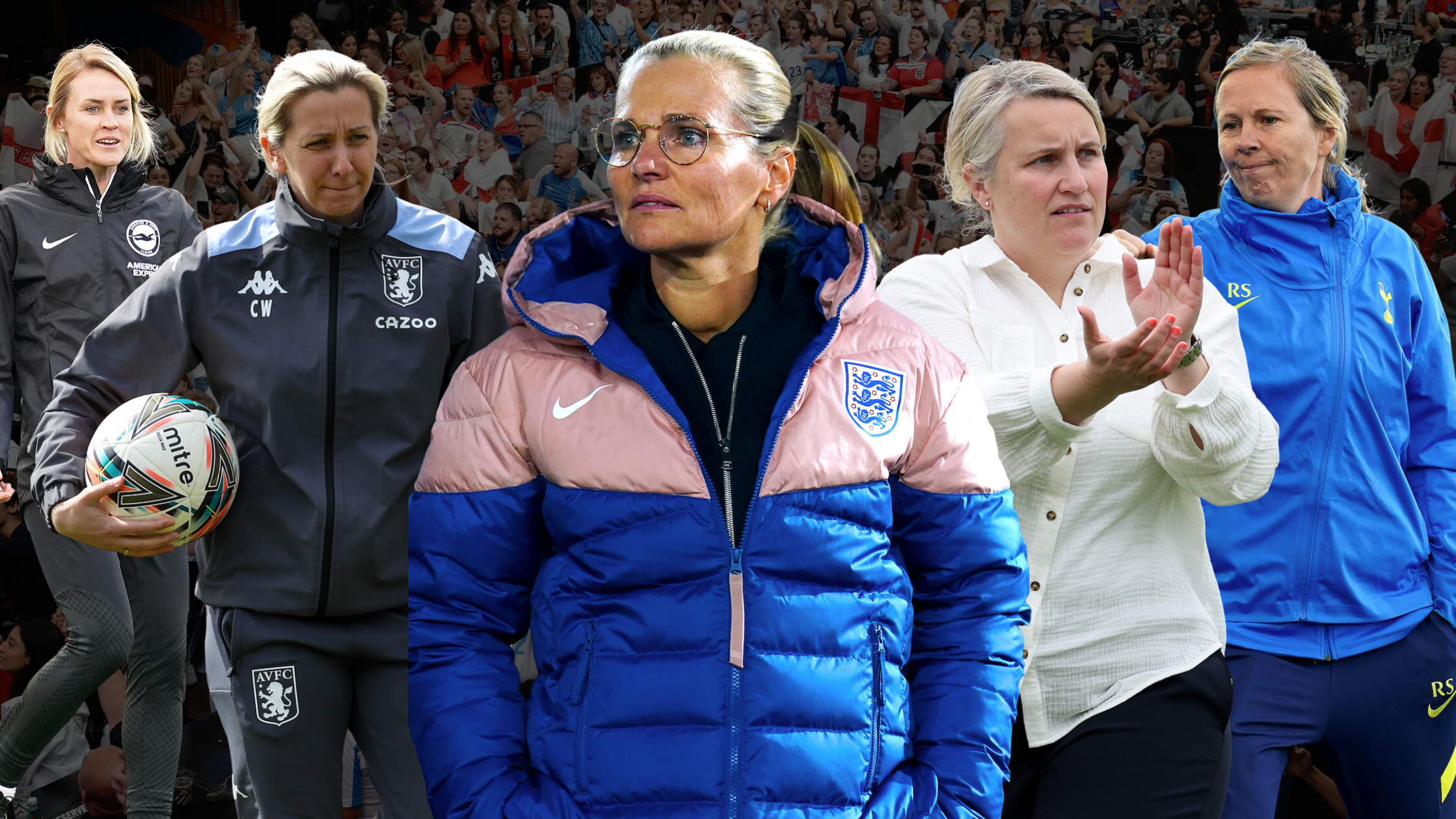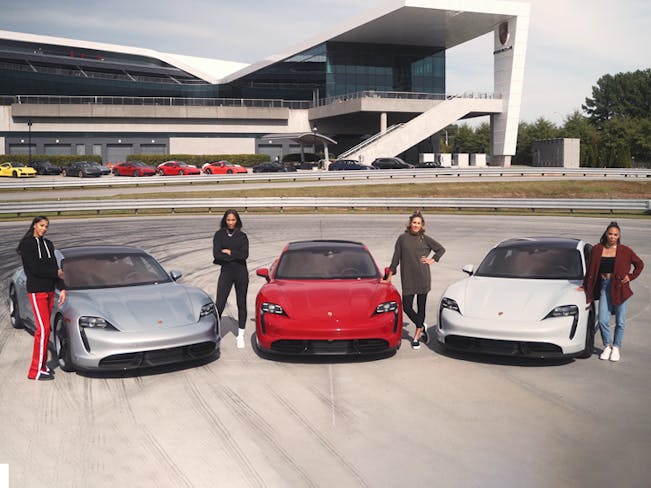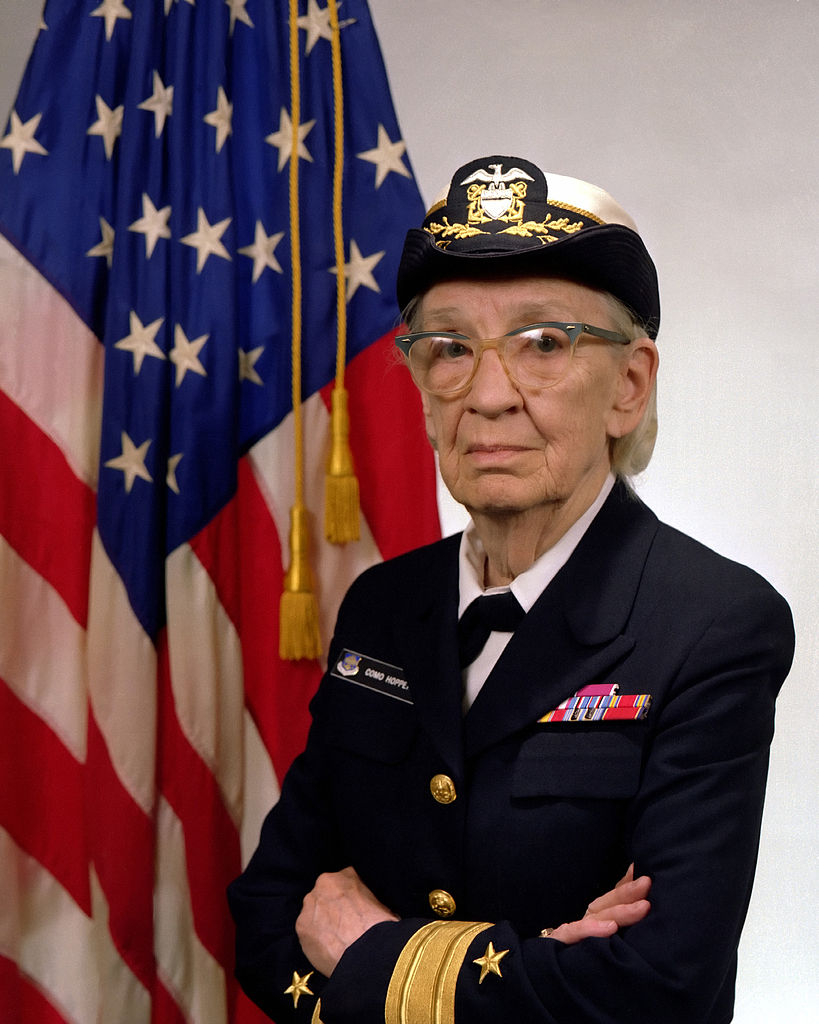meatthesavages.com – Throughout history, women have often been overlooked in the annals of military leadership and valor. However, a closer look reveals a rich tapestry of women warriors who have led, fought, and inspired, challenging the gender norms of their times. These iconic female leaders have not only broken barriers but have also left indelible marks on the military landscape, proving that courage and leadership are not confined by gender.
Joan of Arc: The Maid of Orléans
One of the most celebrated women warriors is Joan of Arc, a French heroine of the Hundred Years’ War. Born in 1412, Joan claimed to have visions from God that instructed her to drive the English out of France. At the age of 17, she sought an audience with Charles VII and convinced him to provide her with armor and men. Under her leadership, the French army lifted the Siege of Orléans, a pivotal moment in the war. Joan’s bravery and leadership inspired the French and became a symbol of nationalism and unity. Despite her capture and execution by the English, Joan of Arc remains an iconic figure of faith, patriotism, and military leadership.
Boudica: Queen of the Iceni
Boudica, the queen of the Iceni tribe in ancient Britain, led a major uprising against the occupying forces of the Roman Empire in AD 60 or 61. After the death of her husband, the Romans reneged on a treaty, seized Iceni lands, and subjected Boudica and her daughters to public flogging and rape. This injustice sparked a rebellion that saw Boudica leading a massive Celtic army against Roman settlements. Although the uprising was ultimately quashed, Boudica’s defiance and leadership in the face of Roman oppression have made her a symbol of resistance and a legendary figure in British history.
Deborah Sampson: Revolutionary War Soldier
During the American Revolutionary War, Deborah Sampson disguised herself as a man and enlisted under the name Robert Shurtleff. She served in the Continental Army for over three years, engaging in several battles and even being wounded. Sampson’s story is a testament to the lengths women were willing to go to participate in the fight for independence. Her bravery and determination to serve her country, despite the societal and military barriers she faced, make her an iconic figure in American military history.
Ching Shih: Pirate Fleet Commander
In the early 19th century, Ching Shih commanded a formidable pirate fleet in the South China Sea, which at its peak consisted of over 1,500 ships and 80,000 pirates. Born in 1775, Ching Shih began her career as a prostitute before becoming a pirate and eventually rising to command one of the largest pirate fleets in history. Her leadership and strategic acumen allowed her fleet to dominate the South China Sea, engaging in maritime trade, piracy, and naval warfare. In 1810, she negotiated a surrender with the Chinese government, securing amnesty for her pirates and retiring to run gambling houses and brothels.
Tammy Duckworth: Modern Military Leader
Moving into the modern era, Tammy Duckworth, a former Army National Guard helicopter pilot, is an iconic figure in the U.S. military and politics. During the Iraq War, Duckworth was severely wounded when her Black Hawk helicopter was shot down, resulting in the loss of both her legs. Despite her injuries, Duckworth has continued to serve her country, first as the Assistant Secretary of Veterans Affairs and later as a U.S. Senator from Illinois. Her resilience, leadership, and advocacy for veterans and military families make her an inspiring figure in contemporary military leadership.
These women warriors, among countless others, have demonstrated that leadership and valor are not the sole province of men. Their stories challenge stereotypes, inspire future generations, and remind us of the diverse and powerful contributions women have made to military history. As we continue to break down barriers and recognize the full spectrum of human potential, the legacies of these iconic female leaders will undoubtedly continue to inspire and empower.




